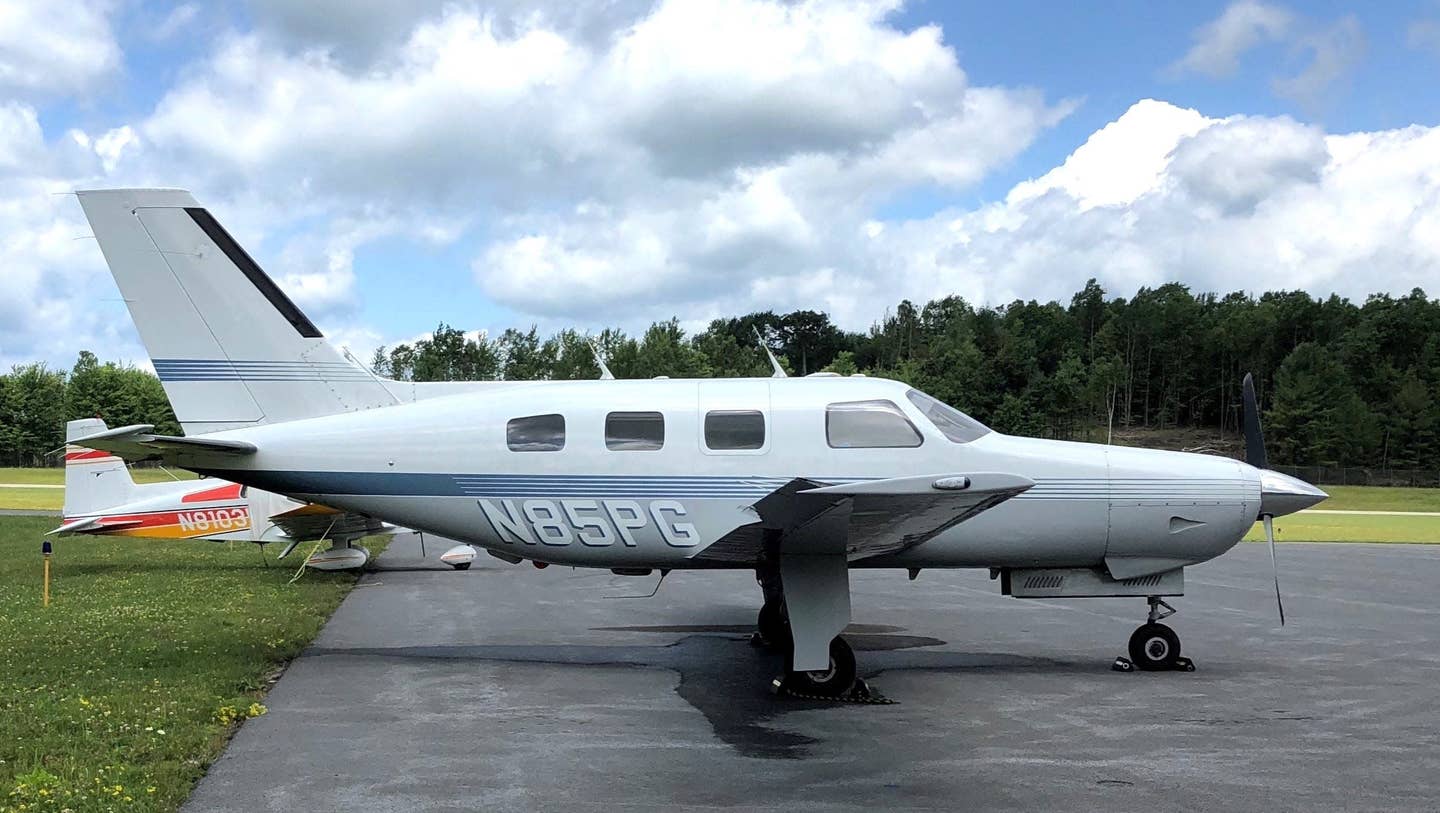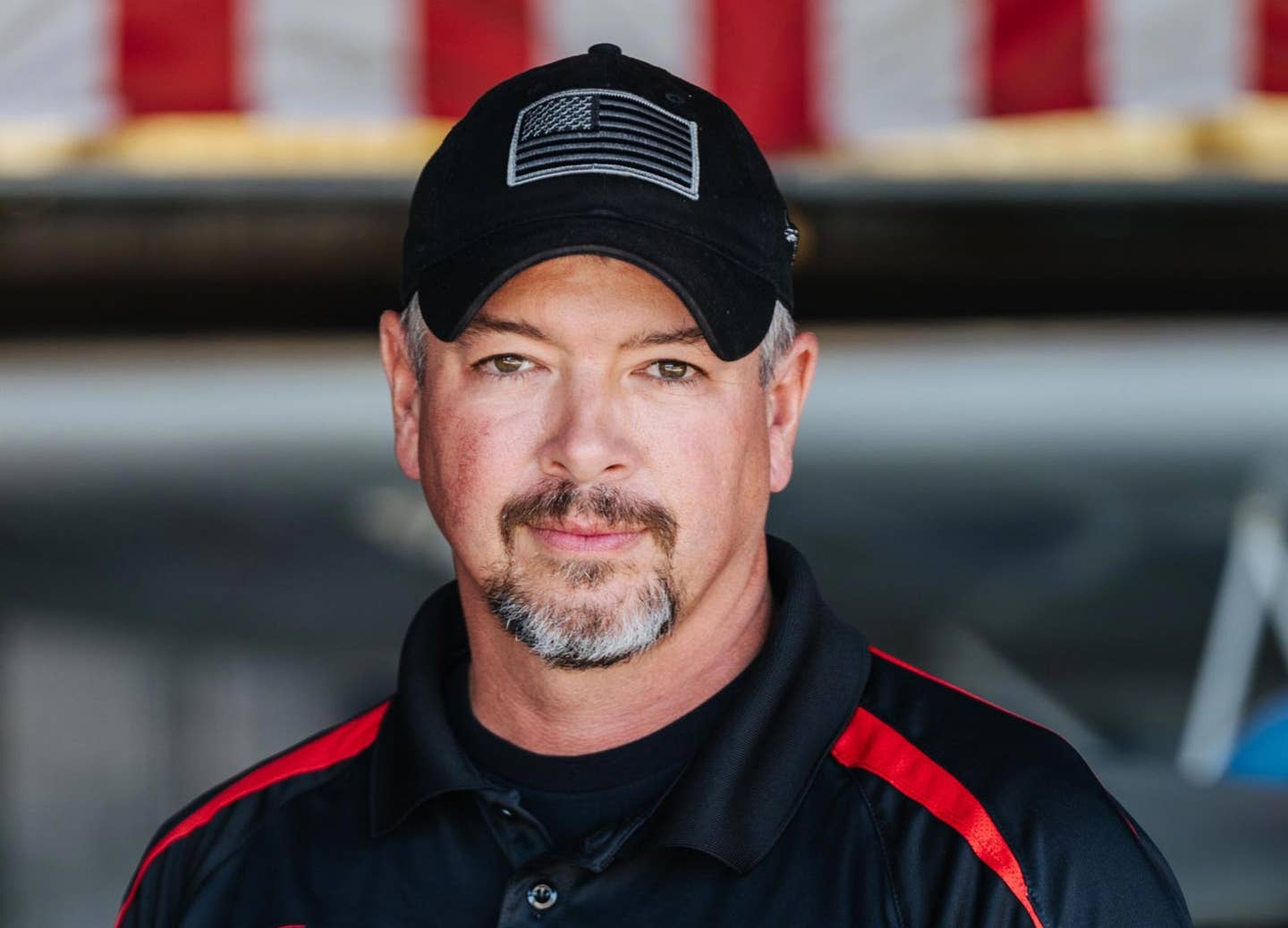Malibu Crash Kills Five Family Members
Five members of a Georgia family, including two children, died in the crash of their Piper PA-46 Malibu in upstate New York on Sunday. The aircraft was headed from Oneonta,…

Photo by Bob Parmerter
Five members of a Georgia family, including two children, died in the crash of their Piper PA-46 Malibu in upstate New York on Sunday. The aircraft was headed from Oneonta, New York, to Atlanta with a fuel stop in West Virginia when it went down in a rural area in Delaware County just after 2 p.m. The Aviation Safety Network said an in-flight breakup preceded the crash.
The five victims were identified as Roger Beggs, 76; Laura VanEpps, 43; Ryan VanEpps, 42; James R. VanEpps, 12; and Harrison VanEpps, 10. They were all attending a baseball tournament in Cooperstown, New York. The NTSB is on the scene and some wreckage has been located. Weather reports in the area showed winds variable with gusts to 25 knots with no rain and temperatures near 80 degrees.






